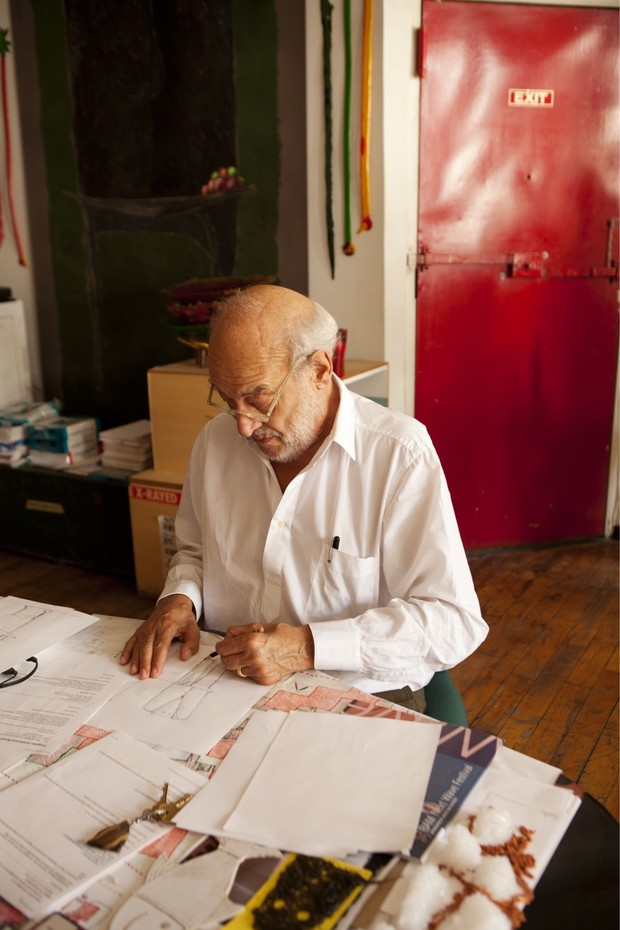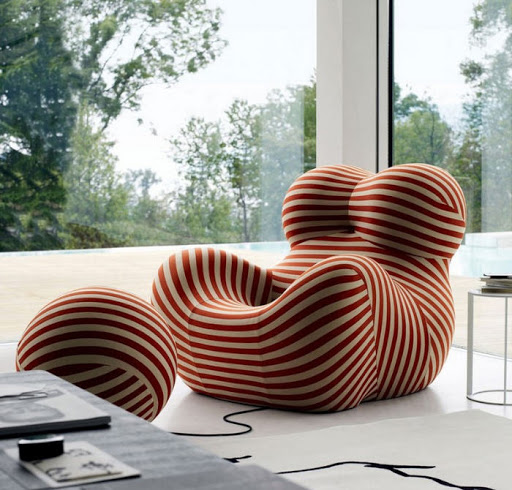Gaetano Pesce & his famous Donna chair
In this article, we will tell you the story of the iconic 1969 “UP5” chair, better known as “Donna”, which is exhibited in Mirra Gallery.
Its author, Gaetano Pesce, is a nonconformist and radical design advocate whose creations are designed to provoke the viewer and evoke an emotional response through their unusual shapes and vibrant colours. Pesce challenges comfort and functionalism, insisting that design should first and foremost make people happier and make people smile when looking at an extraordinary chair. Its bold and disturbing furniture is designed to give joy and become a panacea for bad moods.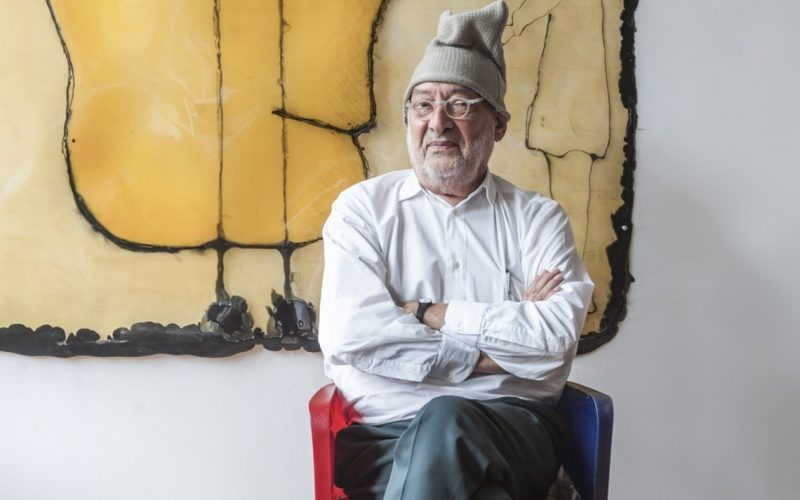
Its author, Gaetano Pesce, is a nonconformist and radical design advocate whose creations are designed to provoke the viewer and evoke an emotional response through their unusual shapes and vibrant colours. Pesce challenges comfort and functionalism, insisting that design should first and foremost make people happier and make people smile when looking at an extraordinary chair. Its bold and disturbing furniture is designed to give joy and become a panacea for bad moods.

However, the bright and unusual shapes of the most famous Pesce chair hide a more serious meaning behind them. The rounded shape represents the silhouette of the female body. No wonder the model was named as: Donna, and Mamma. The designer appealed to the image of the goddess of fertility. UP5 was immediately called the manifesto of the feminist movement that was widely striding around the world at that time, seeing in it the image of a captive, which was not at all an accident. The female silhouette armchair was supplied with a pouf-ball, attached to it on a cable and personifying the fetters. Pesce, however, thought not only about sexism and male dominance, but also about the fact that every woman is a prisoner of herself: her fears and prejudices, exorbitant and often conflicting desires. “This is a design in which I expressed my view of a woman: inevitably she is a prisoner of herself. I really liked the idea of giving the chair the shape of a female body with a ball at her feet ... This is the traditional image of a prisoner, ”Pesce said about his concept.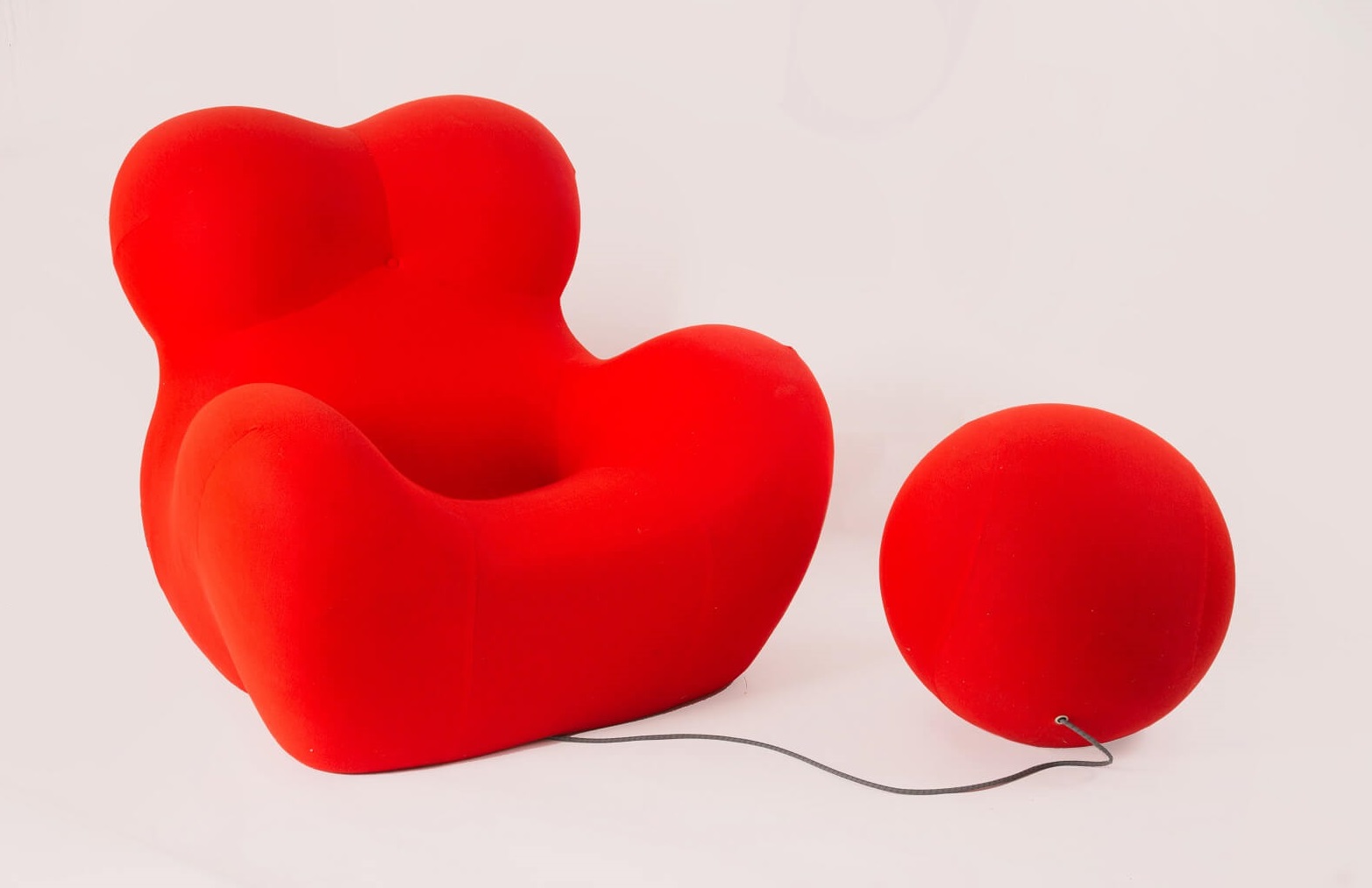

The technology behind the UP5 was equally impressive. The designer used vacuum-compressed polyurethane foam. Thereby, the armchair was delivered to the customer in the form of a compact briquette, which was 9/10 of the actual volume of the item. When the package was opened, the chair literally grew before our eyes. The UP5 chair is one of the seven items in the UP collection designed using the compressed polyurethane foam.
The image of a woman in shackles remains relevant today, and the UP5 armchair itself, since 2000, has been again produced by B&B Italia. Pesce himself continues to complement the original concept over the years. The culmination was a recent 2019 installation at the Duomo, where Donna (the model was painted flesh to complete the effect) was pricked with pins. With such a visual effect, Pesce celebrated the half-century anniversary of his famous design, and also raised the burning question again: in captivity of whom and what does a modern woman live? Which once again drew attention to the problem of gender inequality within the modern societies.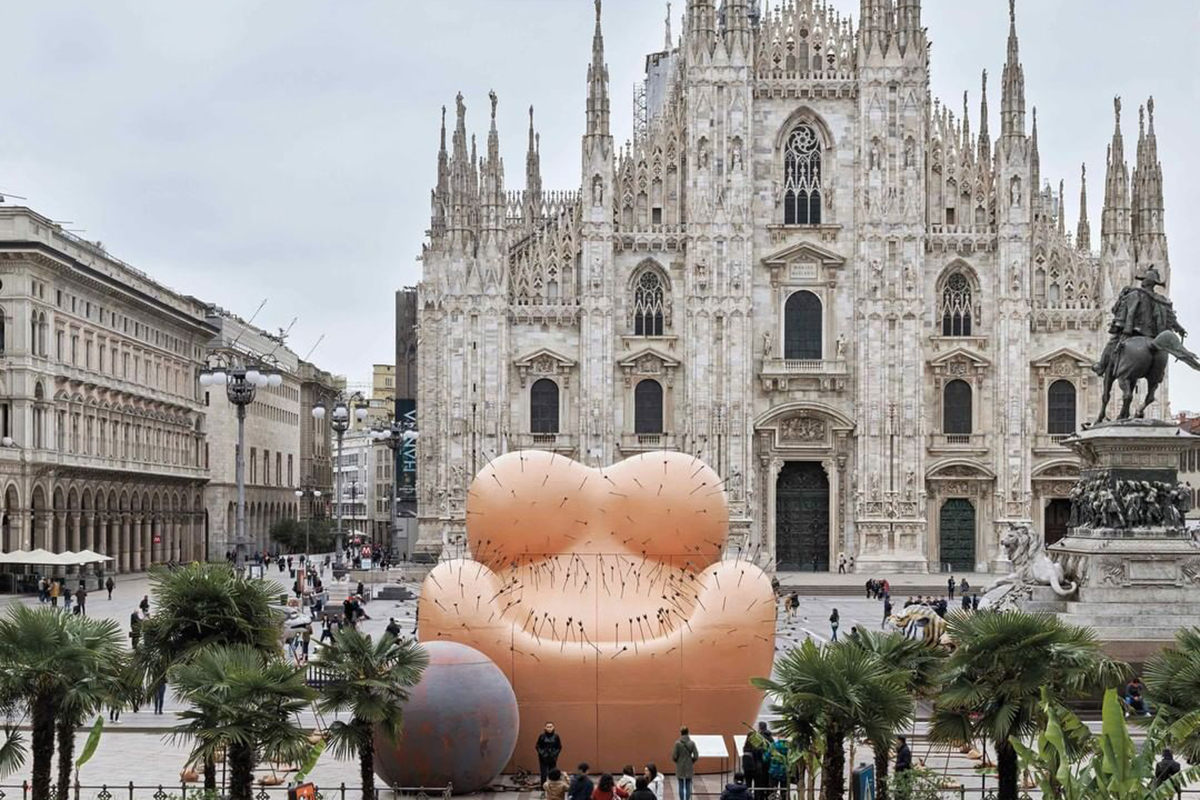
The image of a woman in shackles remains relevant today, and the UP5 armchair itself, since 2000, has been again produced by B&B Italia. Pesce himself continues to complement the original concept over the years. The culmination was a recent 2019 installation at the Duomo, where Donna (the model was painted flesh to complete the effect) was pricked with pins. With such a visual effect, Pesce celebrated the half-century anniversary of his famous design, and also raised the burning question again: in captivity of whom and what does a modern woman live? Which once again drew attention to the problem of gender inequality within the modern societies.

Having such an extraordinary approach, which Pesce successfully transmits through his subjects, success and fame came to him almost instantly and accompany him to this day. The best museums in the world are fighting for the right to organize his solo exhibitions, and Donna and other Pesce design items are exhibits of their permanent exhibitions.
The theme of a non-standard understanding of beauty and the destruction of generally accepted norms has always been close to Gaetano and runs like a red thread throughout his entire career. Pesce is a big fan of provocations. Another of Gaetanos most striking works is associated with the capital of Russia. This is the installation Moscow Room for Milan Design Week 2002, where 9 of the most sought-after designers from all over the world designed and displayed a hotel room in one of the 9 capitals of the world. The Italian considers the capital of Russia an energetic city of the future. Based on this, he depicted his room, which, in his opinion, reflects the whole essence of Moscow. It is interesting how the installation combines socialist hammer and sickle icons with domed silicone lamps, a sofa shaped like a symbiosis of a mans torso and a womans back, as well as a blanket that depicts maps of Moscow, portraits of Putin and Stalin, and much more. The author himself admitted that the Moscow Room is the very room in which he himself would happily stay, because it is very seductive and bright. Visitors appreciated the designer’s courage and considered the installation personalizing Russia as one of the most successful installations.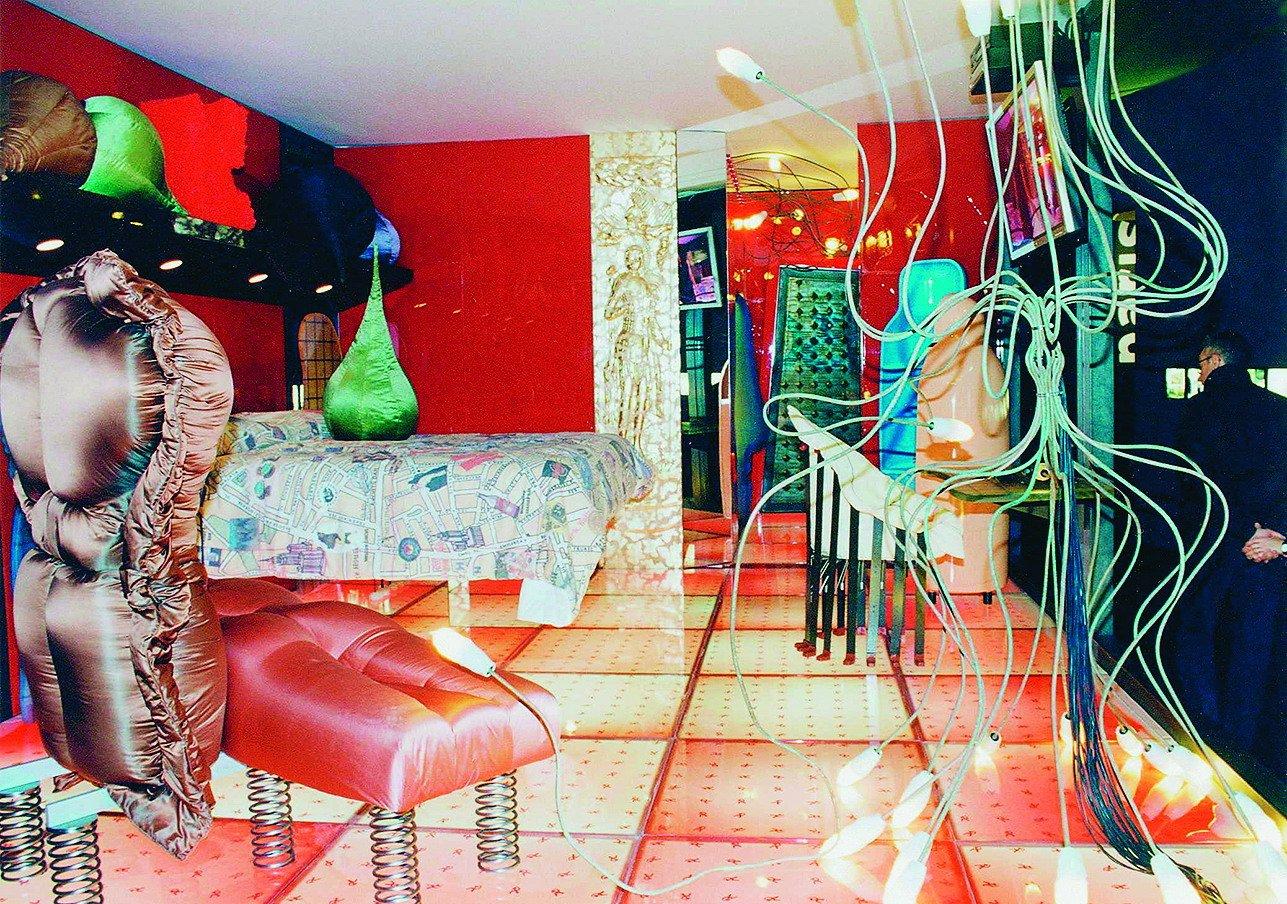
The theme of a non-standard understanding of beauty and the destruction of generally accepted norms has always been close to Gaetano and runs like a red thread throughout his entire career. Pesce is a big fan of provocations. Another of Gaetanos most striking works is associated with the capital of Russia. This is the installation Moscow Room for Milan Design Week 2002, where 9 of the most sought-after designers from all over the world designed and displayed a hotel room in one of the 9 capitals of the world. The Italian considers the capital of Russia an energetic city of the future. Based on this, he depicted his room, which, in his opinion, reflects the whole essence of Moscow. It is interesting how the installation combines socialist hammer and sickle icons with domed silicone lamps, a sofa shaped like a symbiosis of a mans torso and a womans back, as well as a blanket that depicts maps of Moscow, portraits of Putin and Stalin, and much more. The author himself admitted that the Moscow Room is the very room in which he himself would happily stay, because it is very seductive and bright. Visitors appreciated the designer’s courage and considered the installation personalizing Russia as one of the most successful installations.

Moreover, Pesce has designed a wellness center near St. Petersburgh, called “Waves”. The facade of the building resembles a wave (hence the name), and the entrance was designed in the form of a giant glass drop, which for Pesce personifies the northern Russian style.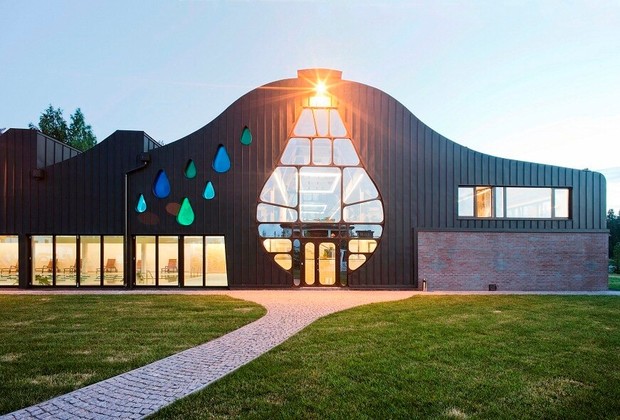

Nowadays, Gaetano Pesce lives in New York, where he works at his studio in the Brooklyn Navy Yard. His works are being exhibited on both sides of the Atlantic at the Museum of Modern Art, The Metropolitan Museum of Art in New York; the Musee des Arts Decoratifs and Centre Georges Pompidou in Paris; the Museo dArte Moderna in Turin; Keski Suomen Museum in Helsinki; the Centre Canadien dArchitecture and Musee des Arts Decoratifs in Montreal.